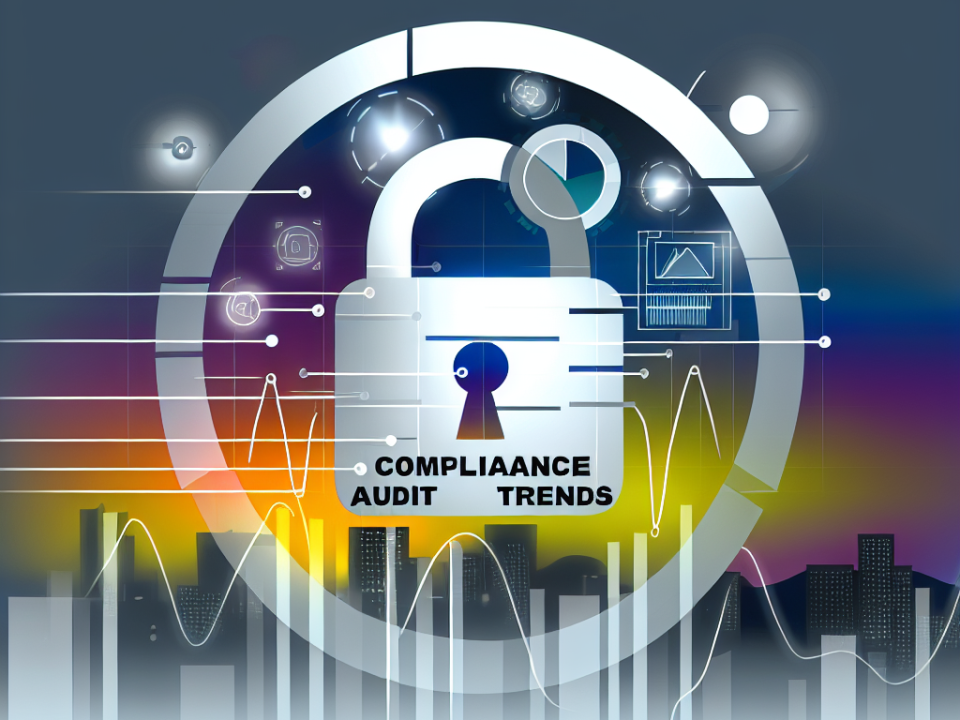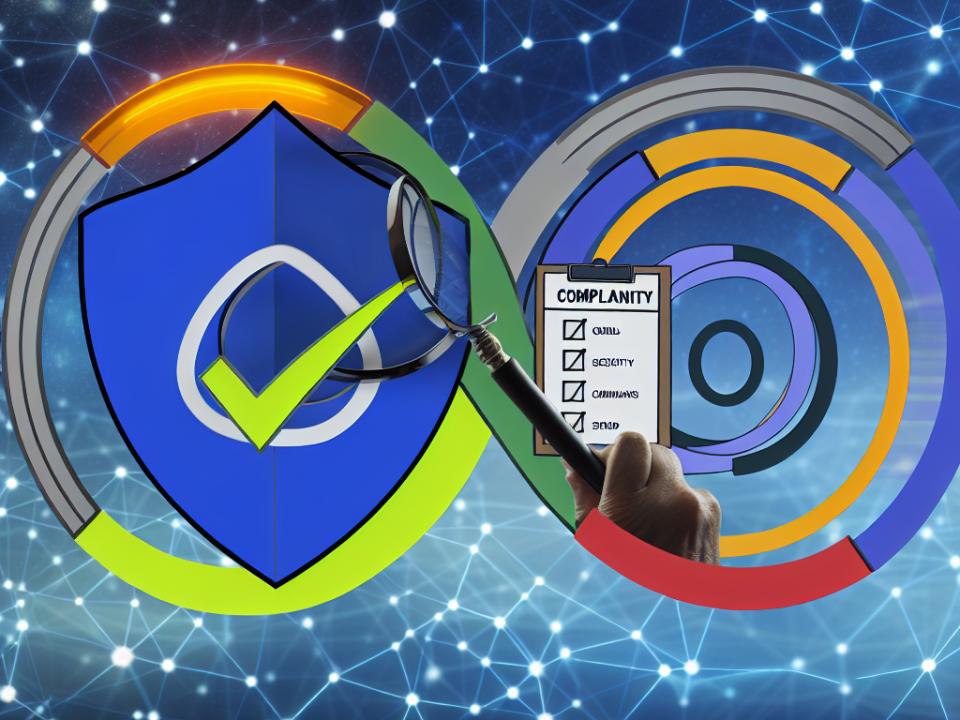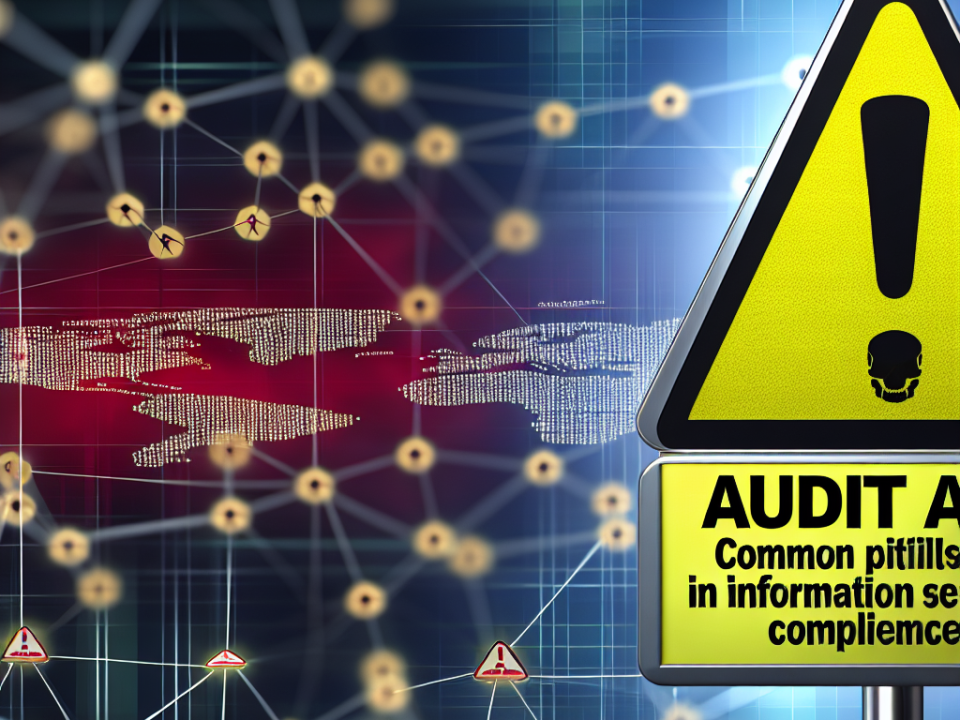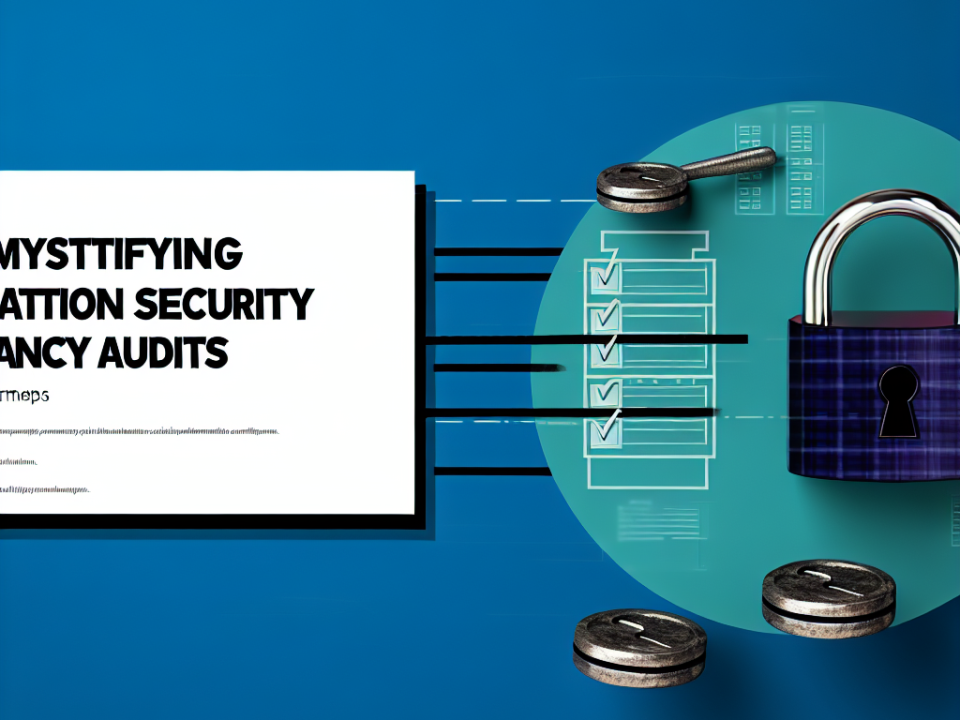
Top Benefits of Hiring a vCISO: Enhancing Security Without the Overhead
August 5, 2025
vCISO vs. Traditional CISO: Which is Right for Your Organization?
August 6, 2025Regulatory Cybersecurity: Ensuring Compliance in a Rapidly Evolving Threat Landscape
In today’s digitally driven world, the importance of cybersecurity cannot be overstated. The past decade has witnessed an unprecedented rise in cyber threats, with businesses facing challenges that threaten not only their operations but also their reputations. As cybercriminals become increasingly sophisticated, regulators across the globe are stepping up efforts to establish robust frameworks aimed at ensuring data protection and cybersecurity. This article explores the intersection of regulatory cybersecurity and the continuous evolution of the threat landscape, focusing on compliance measures that organizations must adopt.
Understanding Regulatory Cybersecurity
Regulatory cybersecurity involves the set of laws, regulations, and standards designed to protect sensitive data from cyber threats. These frameworks require organizations to implement procedures that safeguard information integrity, confidentiality, and availability. Key regulations such as the General Data Protection Regulation (GDPR) in Europe, the Health Insurance Portability and Accountability Act (HIPAA) in the U.S., and the National Institute of Standards and Technology (NIST) Cybersecurity Framework have been established to guide organizations in enhancing their security posture.
The Importance of Compliance
Compliance with cybersecurity regulations is not merely a legal obligation; it also serves as a critical component of risk management. Organizations that prioritize compliance demonstrate their commitment to safeguarding customer data, which fosters trust and mitigates the impact of potential breaches. Non-compliance can result in severe financial penalties, reputational damage, and a loss of customer trust, making it essential for organizations to stay abreast of regulatory changes.
Challenges in a Rapidly Evolving Threat Landscape
-
Increasing Sophistication of Cyber Threats:
Cybercriminals are constantly evolving their techniques, making traditional security measures less effective. Ransomware, phishing attacks, and advanced persistent threats (APTs) are just a few examples of how attackers exploit vulnerabilities. -
Dynamic Regulatory Environment:
As cyber threats evolve, so do the regulations designed to combat them. Organizations must stay informed about changes in regulations, which can vary significantly across regions. This dynamic landscape requires a proactive approach to compliance management. - Integration of Emerging Technologies:
The rise of technologies such as artificial intelligence, cloud computing, and the Internet of Things (IoT) presents new challenges for cybersecurity. While these technologies can enhance operational efficiency, they also introduce vulnerabilities that organizations must address to remain compliant.
Strategies for Ensuring Regulatory Compliance
-
Comprehensive Risk Assessments:
Organizations should conduct periodic risk assessments to identify vulnerabilities within their systems. This proactive approach helps in fortifying defenses against evolving threats while ensuring compliance with regulatory requirements. -
Continuous Monitoring and Audit:
Implementing continuous monitoring solutions allows organizations to detect and respond to threats in real-time. Regular audits help ensure that security measures align with regulatory standards and allow organizations to adjust as necessary. -
Employee Training and Awareness:
Educating employees about cybersecurity threats and compliance requirements is crucial. Regular training sessions can equip staff with the knowledge they need to recognize and respond to potential security breaches. -
Collaborative Approach:
Engaging with stakeholders, including regulators, industry peers, and cybersecurity experts, can provide valuable insights into best practices and emerging trends. Collaboration enhances an organization’s ability to navigate compliance challenges effectively. - Adopting a Layered Security Strategy:
The implementation of a multi-layered security approach helps organizations defend against a wide range of threats. This strategy may include firewalls, intrusion detection systems, and endpoint protection, all tailored to meet specific regulatory requirements.
Conclusion
As cyber threats continue to grow in complexity, the need for robust regulatory cybersecurity frameworks becomes increasingly important. Organizations must not only comply with existing regulations but also anticipate future changes in the landscape. By adopting comprehensive risk management strategies, investing in employee training, and fostering collaboration, organizations can ensure compliance while effectively protecting their assets. Ultimately, a proactive approach to regulatory cybersecurity will create a more resilient and trustworthy digital environment—one that benefits both organizations and their customers.







